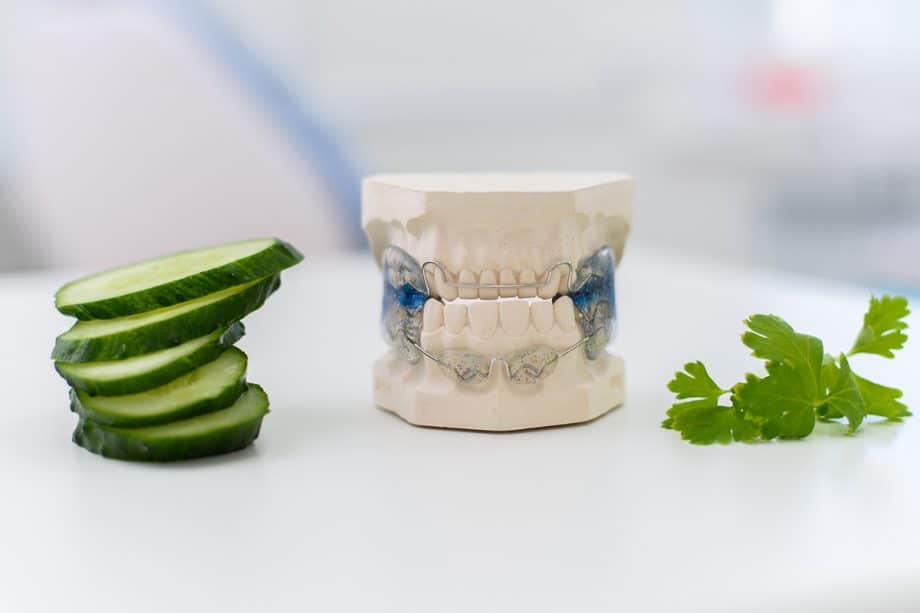As parents, we all want what’s best for our children—especially when it comes to their health and development. That includes their dental health, which can have a major impact on everything from self-confidence to speech and eating habits. One area that often gets overlooked until problems arise is orthodontics. But did you know there are early signs that your child might need orthodontic care even before their permanent teeth have fully come in?
At ABQ Pediatric Dentistry, we specialize in recognizing and treating orthodontic issues early through what’s known as interceptive orthodontics. This proactive approach allows us to guide jaw growth, correct bite problems, and even make future orthodontic treatment easier—or sometimes unnecessary altogether. Let’s explore a few signs that your child might benefit from interceptive care sooner than you think.
Crowding or Early Loss of Baby Teeth
Baby teeth do more than just help your child chew and speak. They also act as placeholders for permanent teeth. If your child loses baby teeth too early—whether from injury, decay, or another reason—it can disrupt how their adult teeth come in. Crowding may develop, or teeth may drift into incorrect positions, affecting the bite.
We often see kids who appear to have no space for their adult teeth before those teeth even erupt. That’s a strong indication that interceptive orthodontic treatment could help. By using space maintainers or expanding the arches, we can create room for permanent teeth and prevent more severe misalignment later.
Mouth Breathing, Snoring, or Speech Issues
Mouth breathing, especially during sleep, is another red flag that shouldn’t be ignored. Chronic mouth breathing can signal an airway or jaw development issue, which may affect the alignment of your child’s teeth and jaw. In some cases, it may also lead to dry mouth and an increased risk of cavities.
We also pay close attention to speech development. If your child struggles to pronounce certain sounds or has a lisp that isn’t improving with age, their dental structure could be contributing. Interceptive orthodontic treatment can often help improve oral posture and promote healthier function.
In both cases, early intervention can guide jaw development and promote better breathing, speaking, and sleeping habits—benefits that go far beyond just straight teeth.
Difficulty Chewing or Jaw Discomfort
If your child avoids certain foods, chews only on one side, or complains of jaw pain, it may be more than picky eating or growing pains. These signs could point to a bite problem such as an underbite, overbite, or crossbite.
Bite problems don’t just affect how the teeth look—they impact how they function. Over time, untreated bite issues can lead to uneven wear, gum problems, or even TMJ discomfort in adolescence or adulthood.
With interceptive orthodontics, we can correct bite misalignments while your child is still growing. This allows for better long-term outcomes and may prevent the need for more invasive treatments like jaw surgery down the road.
Starting Treatment Early Can Make a Big Difference
The American Association of Orthodontists recommends that children have their first orthodontic evaluation by age 7. That doesn’t mean your child will need braces right away—but it gives us a chance to catch potential issues early, when they’re easier and less costly to treat.
Interceptive orthodontic treatment often involves two phases. The first phase focuses on correcting foundational issues during early childhood. The second phase—usually in the teenage years—fine-tunes alignment with braces or clear aligners once most of the permanent teeth are in place.
By acting early, we can guide jaw development, create room for permanent teeth, and minimize future treatment needs. Most importantly, we can help your child smile with confidence at every stage of their growth.
Frequently Asked Questions About Interceptive Orthodontics
What age is it best to start interceptive orthodontic treatment?
The ideal age varies depending on your child’s needs, but we typically begin evaluating children around age 7. Some treatments may start as early as 6 or 8, especially if we identify issues like crowding, crossbites, or early tooth loss. Starting early gives us more options and greater flexibility in guiding growth and development.
Does early treatment mean my child won’t need braces later?
Not necessarily. Interceptive treatment helps lay the foundation for a healthier smile, but your child may still need braces or aligners during their teen years. However, early care often shortens the duration of later treatment—or makes it less complex. In some cases, it can even eliminate the need for future orthodontic work altogether.
At ABQ Pediatric Dentistry, we’re passionate about helping children build strong, healthy smiles from the start. Through expert preventative care and early intervention, we work with families to create lifelong oral health. Contact us to schedule your child’s orthodontic evaluation or to learn more about how interceptive care can make a lasting difference.

